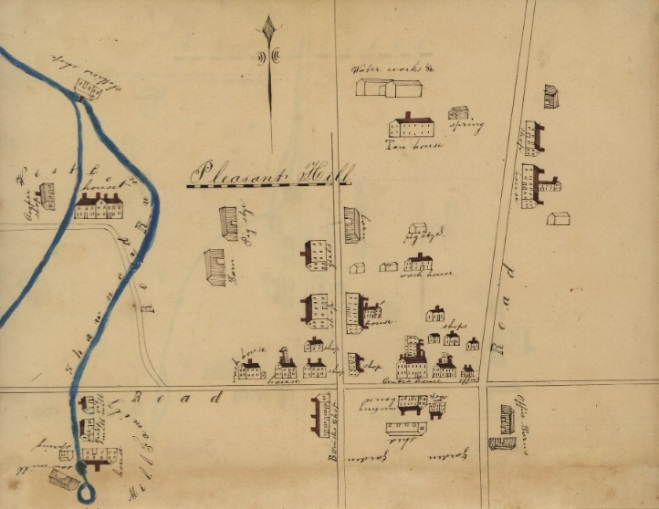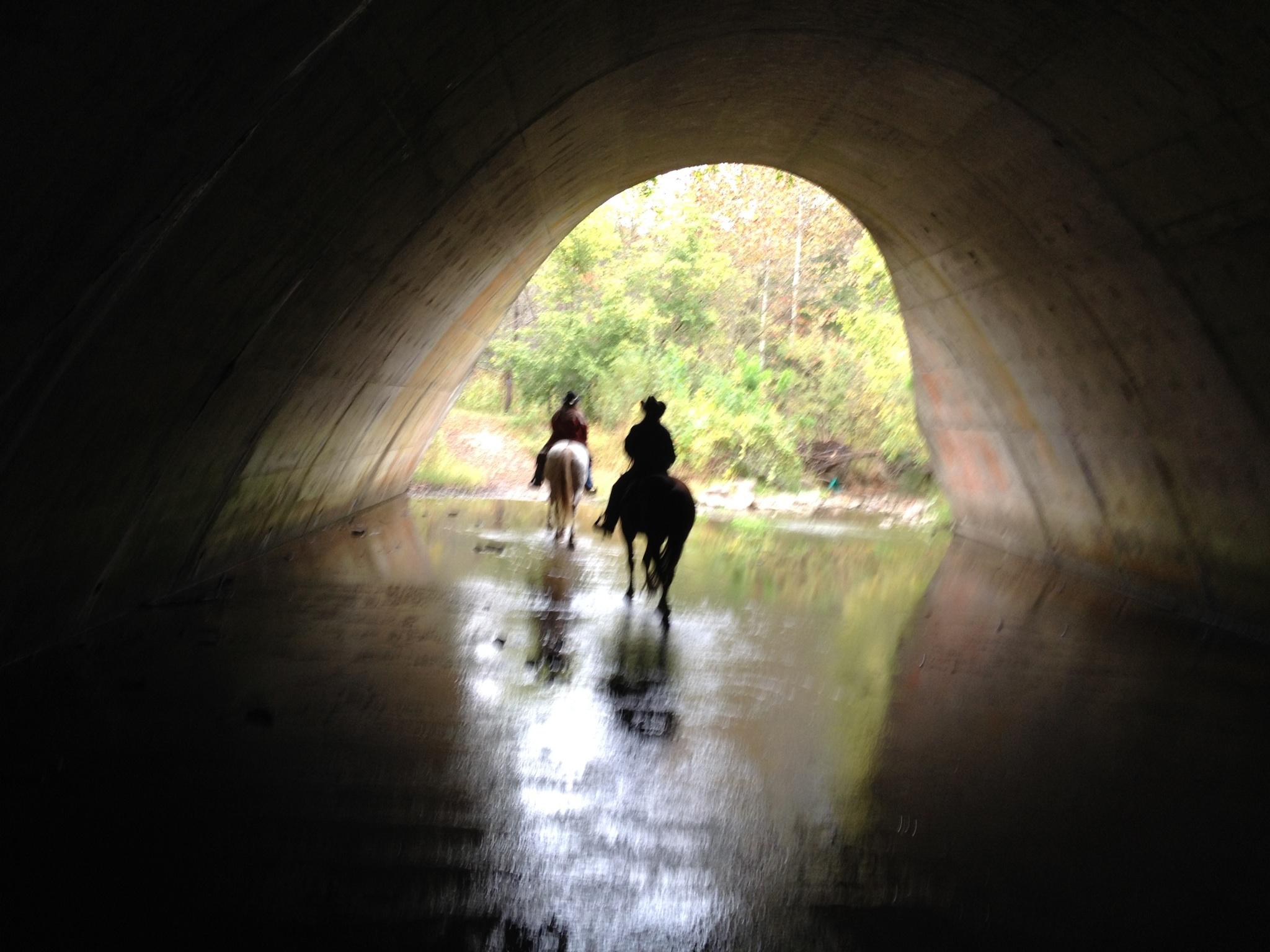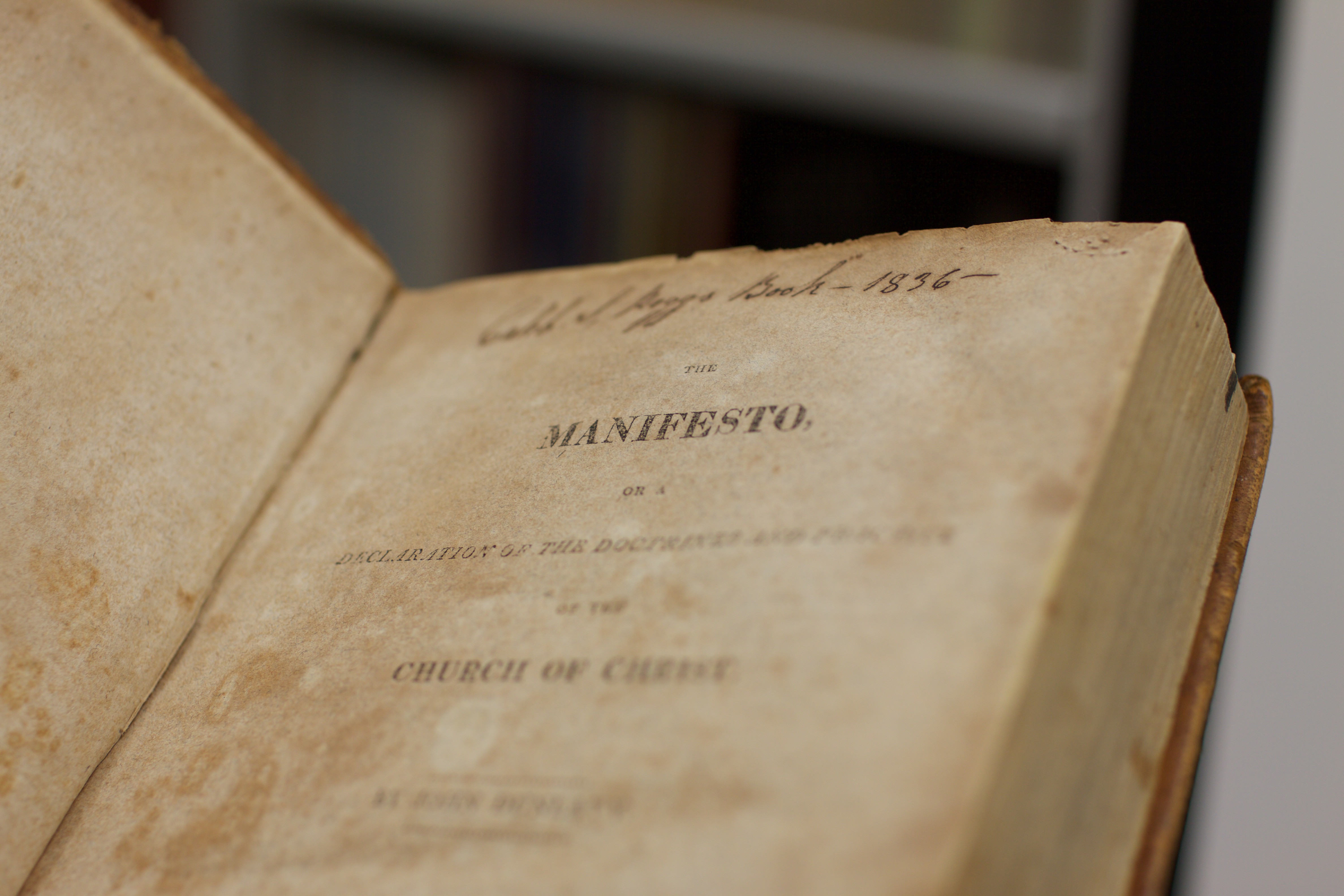Shaker Modern: a new interpretive platform that sheds light on the enduring appeal of Shaker lessons and their influences on today’s communities, lifestyles and design.
There’s a new phrase buzzing around Shaker Village. Shaker Modern is a term being used to describe our new exhibit, but also to describe what’s going on around this 3,000-acre property. The Shaker legacy is extremely relevant today, and we want to share that with our guests. So… we painted the walls white, rearranged some of our favorite Shaker artifacts and brought a new spin to this long told story.
Shaker craftsmanship has long influenced notable Modernist artists and designers. Beginning in the mid-20th century, Shaker furniture and textiles became a source of great inspiration to sculptors, poets, composers, dancers, architects and designers seeking balance through utility and simplicity.
The thoughtful, yet pragmatic principles of the Shakers have influenced not only a signature design ethos, but a remarkable cultural heritage that feels more relevant today than ever before. Shaker Modern celebrates Shaker lessons in community, sustainability and ingenuity—lessons that continue to impact this site and improve our lives every day.
Where can I see Shaker Modern?
Shaker Modern is everywhere! The concept is reflected in our new seasonal menus, daily programs, special events, retail merchandise, preservation plans and throughout the everyday tasks of this Village@Work. Here are a few examples:
Carpenters’ Shop Welcome Center
Opening Soon This one-stop sales and information hub will greet guests with a new Shaker Modern aesthetic, along with new interpretive and retail experiences.
Shaker Modern Exhibit
This new exhibit explores modern concepts of spirituality, community, ingenuity, diversity and sustainability through Pleasant Hill Shaker artifacts and stories. This exhibit will be on view through 2018 and is housed in three buildings: East Family Brethren’s Shop, East Family Wash House and East Family Sisters’ Shop. Check out the exhibit tour on the daily schedule!
Shaker Village Mobile App
Coming Soon This engaging mobile application will feature interactive wayfinding and geolocation-based interpretation, augmented reality, itinerary planning and much more.
The Shaker Modern Exhibit is on view now. Plan your visit!
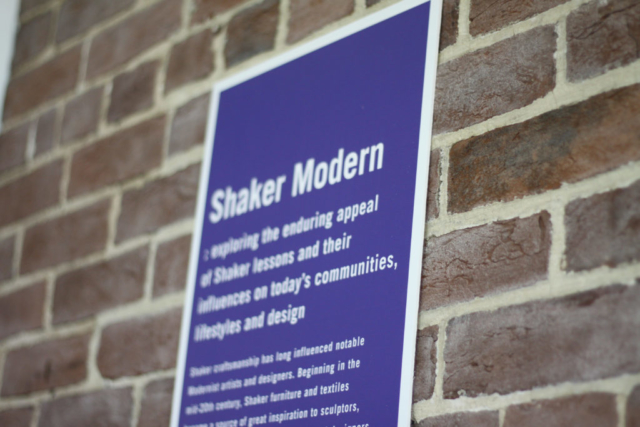
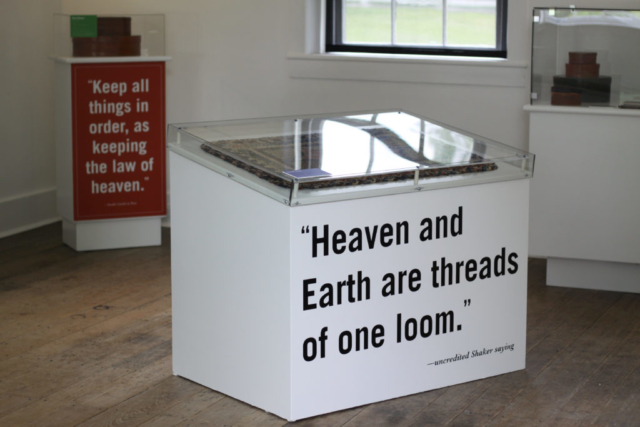
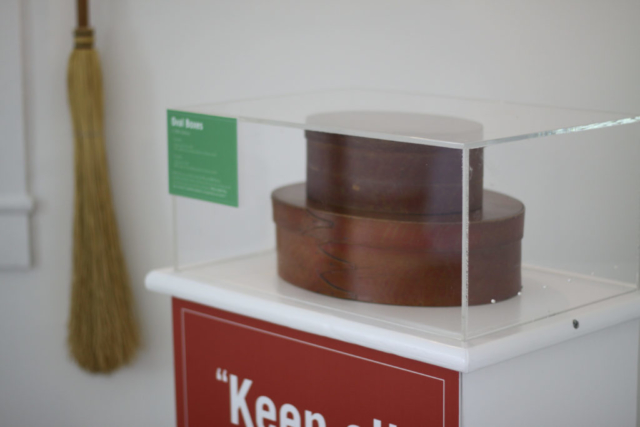
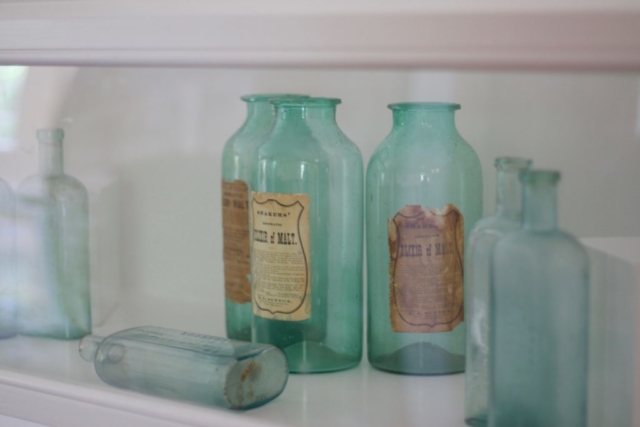
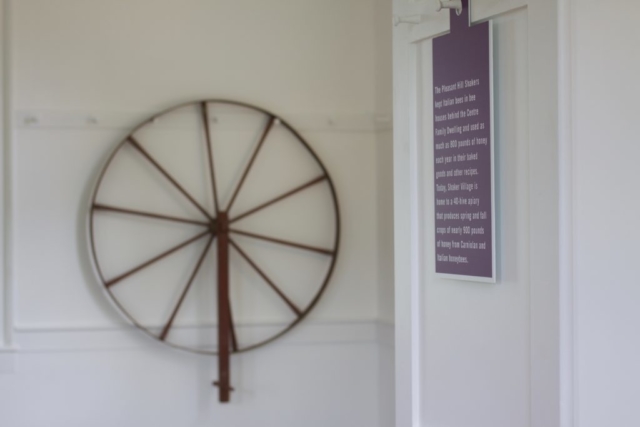
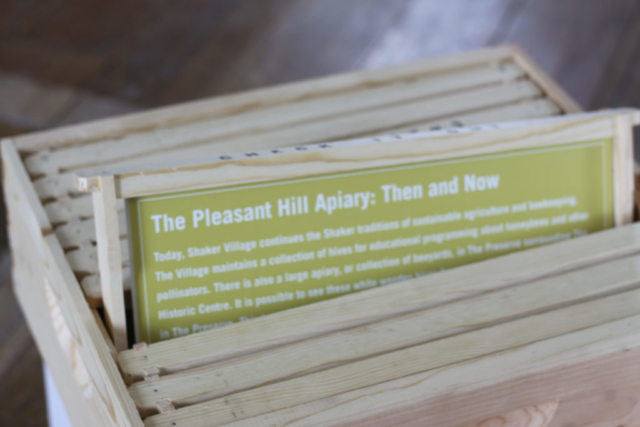
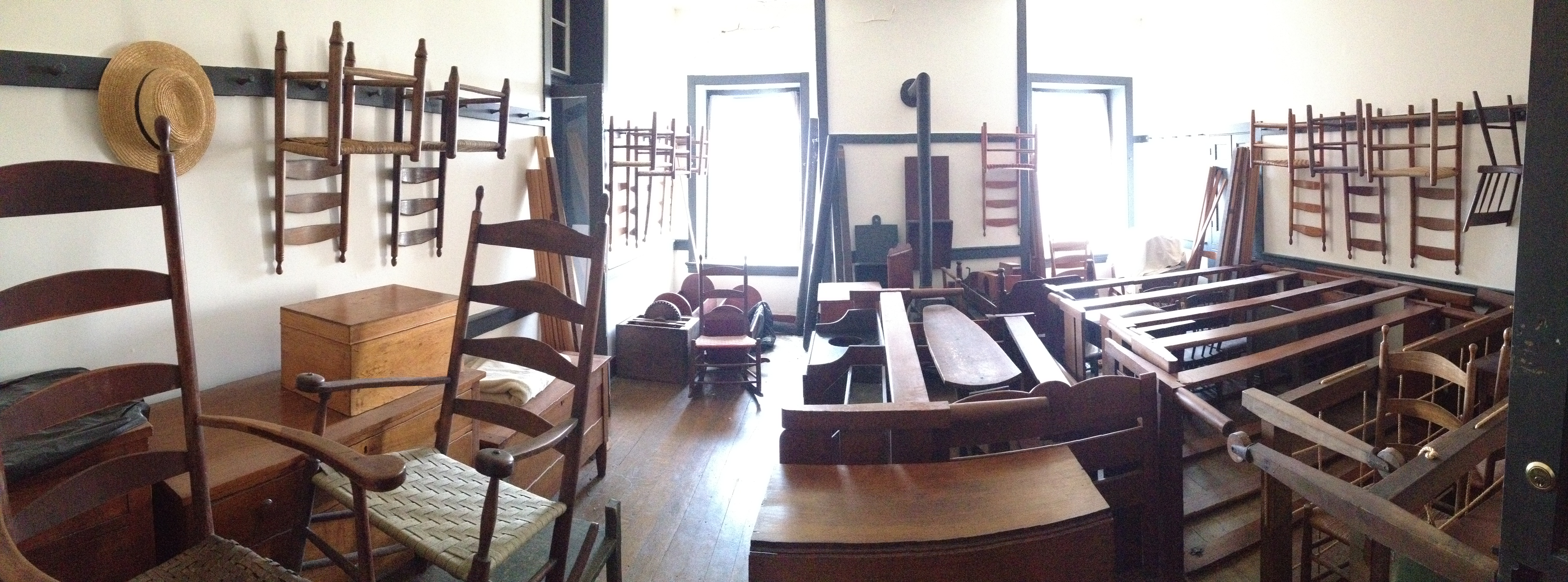

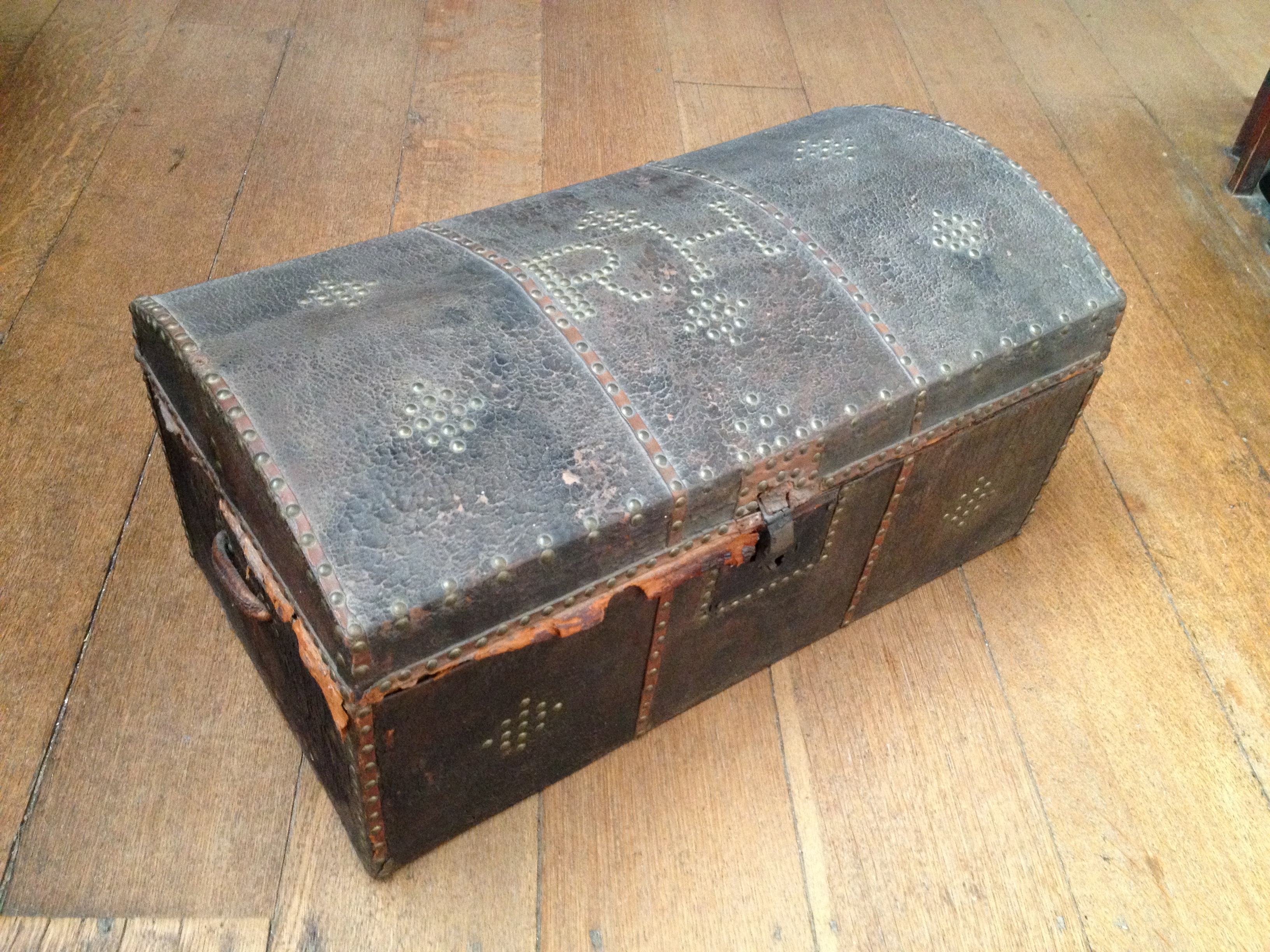
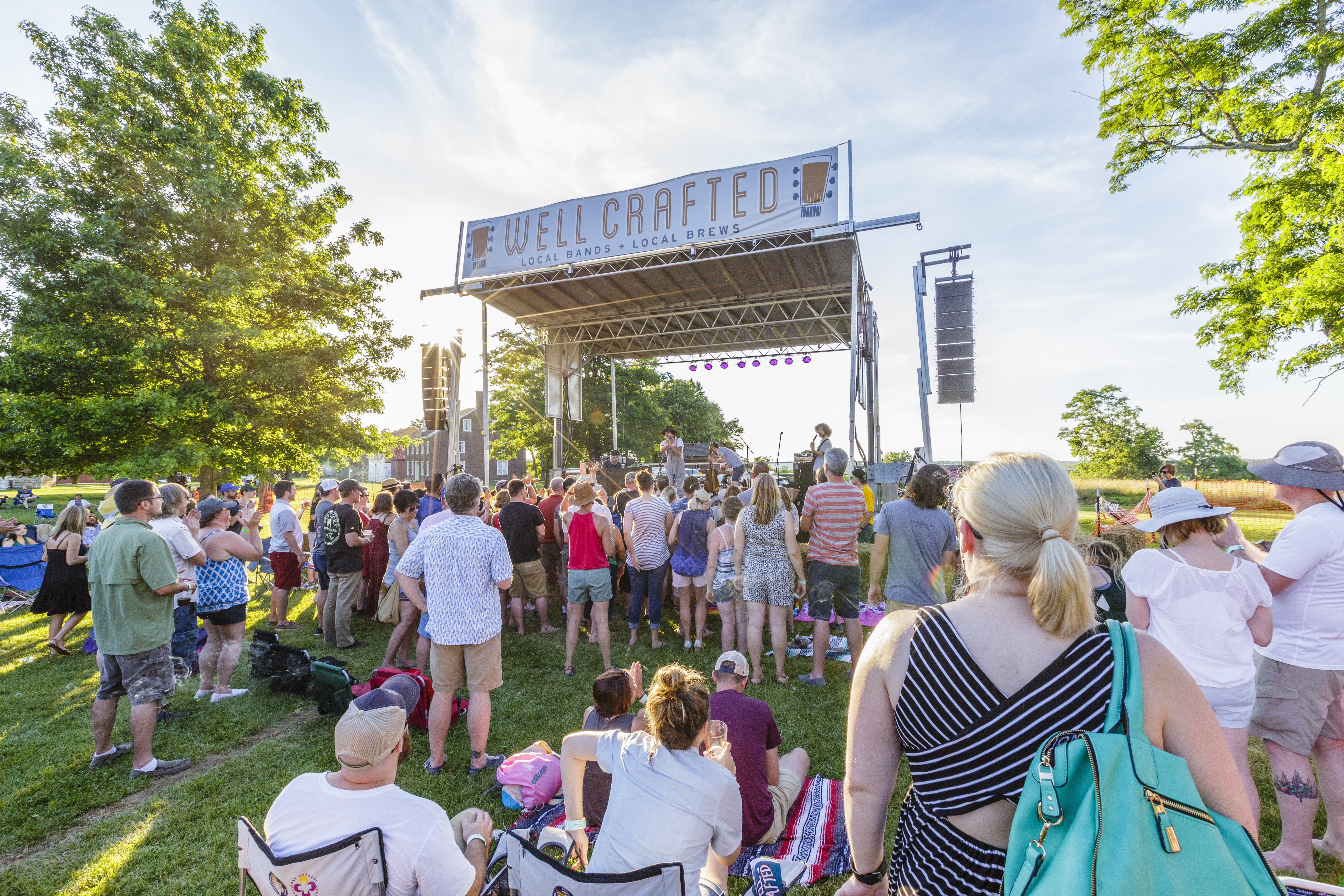
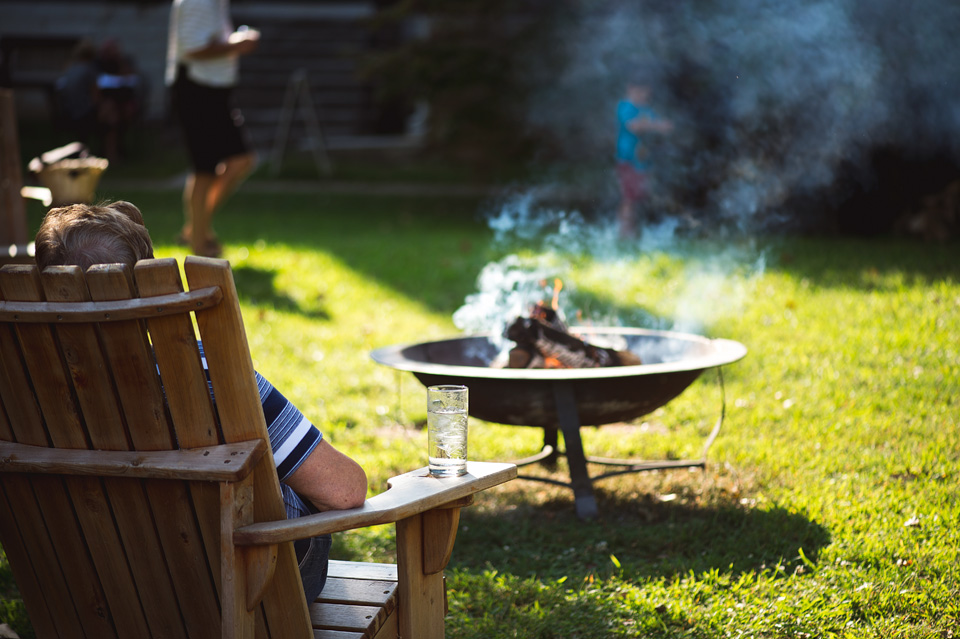
 Try something new.
Try something new. 